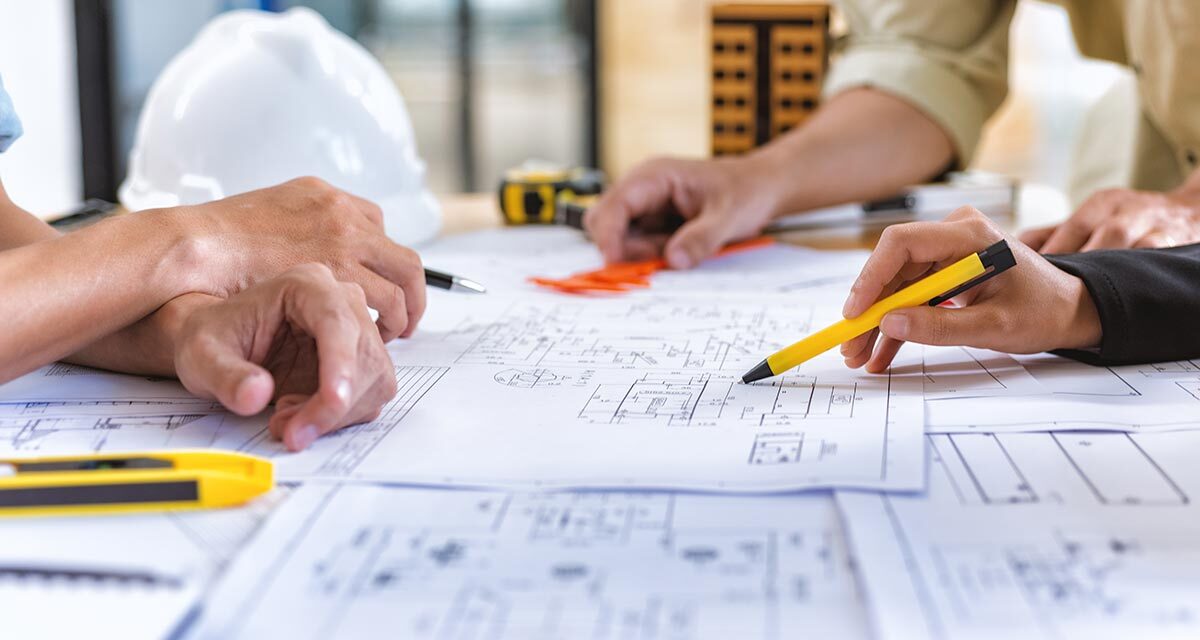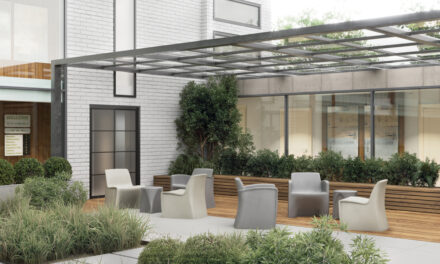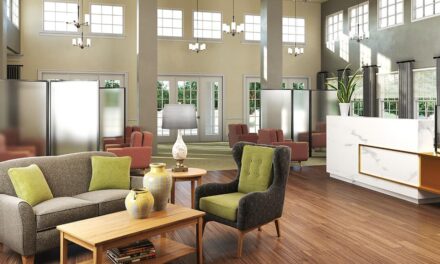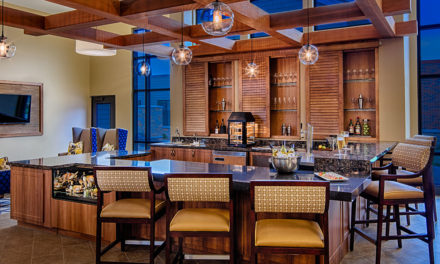It will be essential for Senior Living operators to adopt careful planning, create adaptable communities, and incorporate systems and materials that address heightened healthcare needs. Here are three considerations for providers as we consider the future of Senior Living.
Gaurie Rodman
Director, Development Services
1. Understand the Desires of the Aging Population
While COVID-19 has created a negative perception of congregate senior care, Senior Living communities continue to be necessary and desired places for aging adults to live, work and play. In the future, it will be even more important to understand the needs of an aging population and the value proposition of seniors housing. Any precautions you take while planning for a pandemic will need to seamlessly fit into the changes you’re already planning for incoming residents.
The fundamentals that are driving transformation in Senior Living will remain true after the COVID-19 pandemic has passed. Five of these basic principles include:
- Seniors don’t aspire to live in senior housing
- Prospective residents still desire independence and privacy
- A senior’s financial situation may support congregate care instead of in-home care
- The baby boomers will dictate trends in Senior Living design
- New staff and resident technologies are transforming the industry

Any pandemic plan will need to take these principles into account. Learn more about how these fundamentals will continue to shape the future of Senior Living.
2. Design Healthy Senior Living Communities
Next in the planning process is taking advantage of the building site to maximize opportunities to connect with the outdoors.
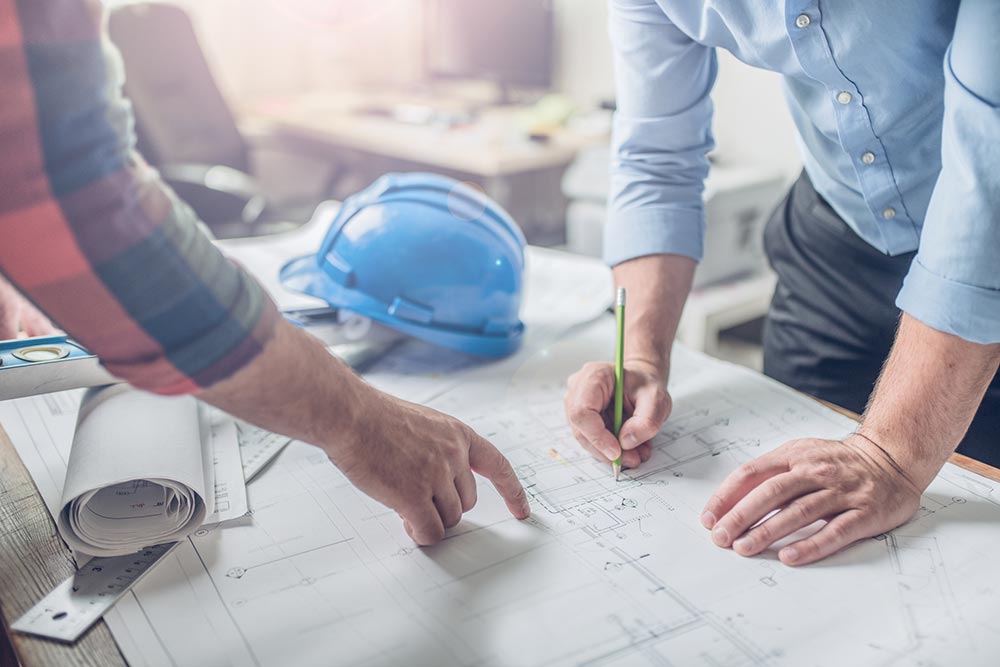
- Providing access to natural air
- Employing enhanced MEP (mechanical, electrical and plumbing) systems
- Having the adaptability to meet unique situations, like COVID-19, within the building layout
Inside a building, key design elements include:
- Thoughtful building configurations
- Touchless access
- Enhanced HVAC systems
- Comprehensive technology infrastructure
- Easy-to-clean materials
These considerations will be important to not only enhancing quality of life, but preparing for future health emergencies as well.
3. Consider How Pandemics Affect Operations
During a future health crisis, seamless design elements and smart systems will be invaluable. By rethinking community operations now, we can help ease the minds of prospective residents and prepare staff for efficient operations. While many are currently experiencing this, operators should continue to plan and refine:
How to Move People and Equipment In and Out of Communities
Whether it’s rethinking entry vestibules, building hand wash stations in the lobbies, creating unique visitor rooms, or repositioning and enhancing staff areas, operators will need to consider new design features to boost safety in case of infectious diseases and promote social distancing guidelines.
For example, one community may build a separate entrance for staff members that leads directly to the staff locker room. In the case of a health crisis, staff members could be required to shower and put on clean scrubs before their shift, helping reduce the risk of spreading disease.
How to Manage Operations Within an Affected Building
Operators will need to develop a plan if a pandemic occurs again. While much of this plan will be operational protocols, it’s important to find ways to design the community to support that potential future need.
For instance, operators may need to plan an area of the community that can easily be converted into an isolation wing. Thinking through the specific procedures now will help make it easier when another infectious outbreak occurs.
During the pandemic, many operators have turned to technology to help them provide and enhance care. There is an array of technology that can help them maintain safety, track viral transmissions and offer telehealth services.
How to Continue Providing Social Engagement in a Shutdown Scenario
Providers will need to be creative to offer person-centered engagement activities and exercise care plans for seniors if the building is shut down. Many operators have quickly adapted to provide these services in this pandemic, including virtual tours and activities, online games and apps, and in-room therapy and exercise.
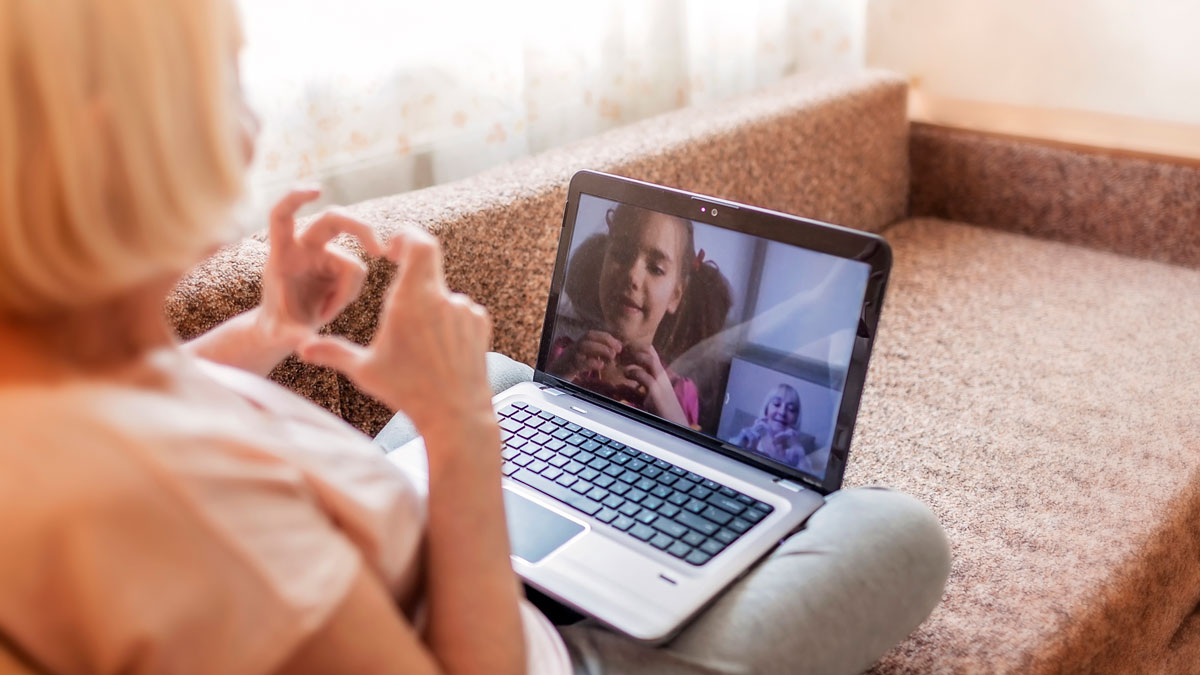
The Bottom Line
Not only has the pandemic highlighted the need for congregate Senior Living, it has also shed light on ways providers can adapt their communities for future health emergencies. These considerations will help shape Senior Living master planning strategies so communities can continue to provide extraordinary care. For more insights into emerging trends and tips during the pandemic, explore our COVID-19 series.
Hear more from our experts on the current and future state of Senior Living, or contact us with any questions.
